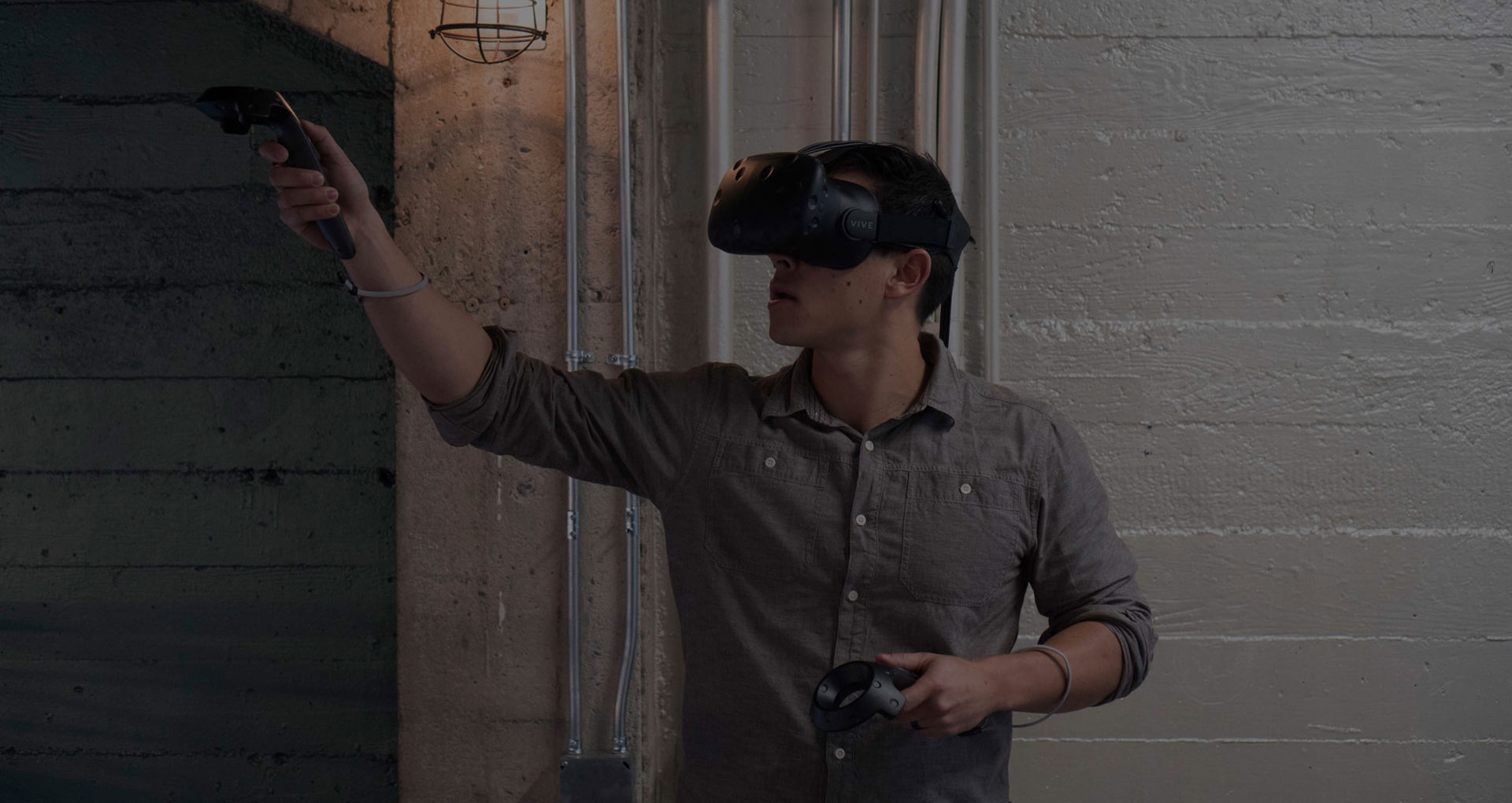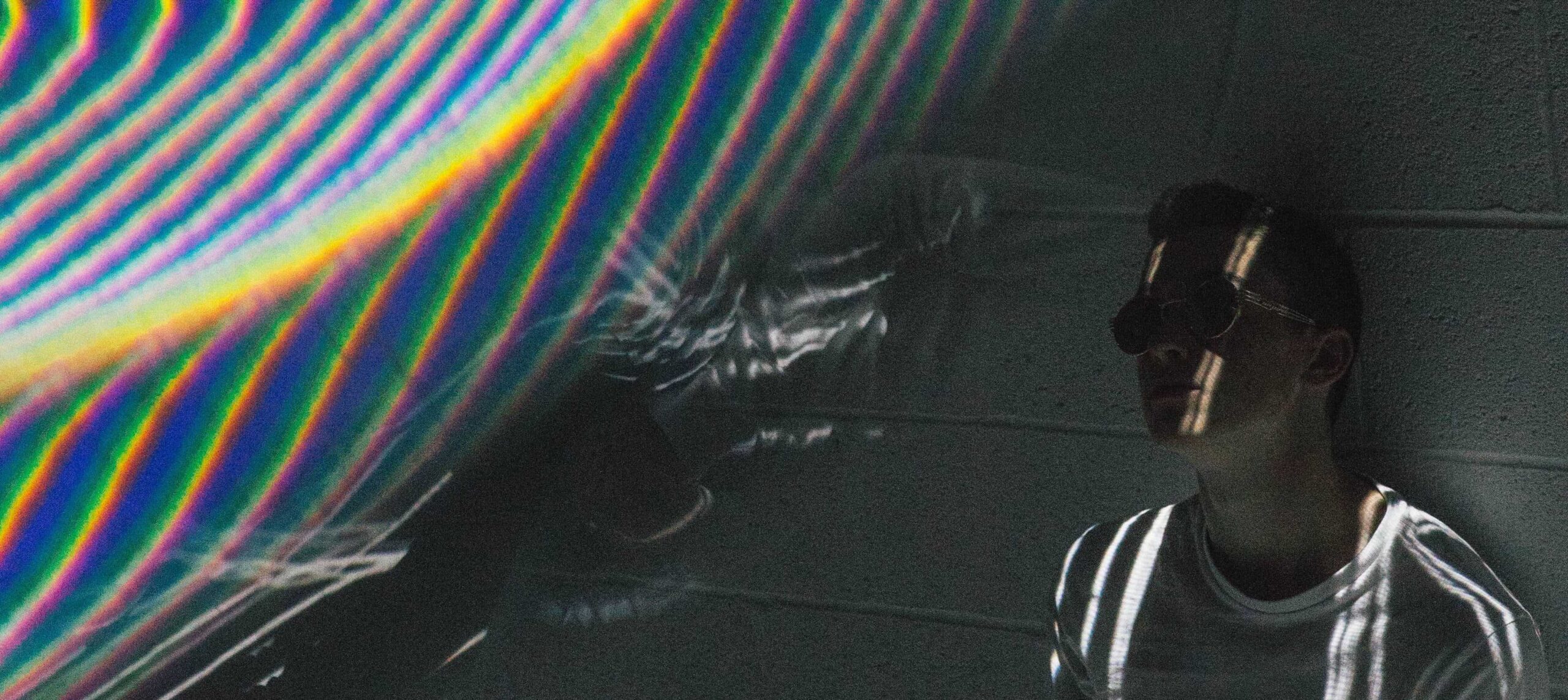Augmented Reality (AR) doesn’t have to break the bank. Companies can maximize their existing marketing investments by repurposing creative assets for AR experiences.
AR experiences are crafted using various media types, including photos, 3D and 2D graphics, illustrations, video, and sound. Instead of starting from scratch, which can be expensive, consider leveraging existing assets. Marketing is a prime example, where sharing assets between traditional media and AR projects can significantly reduce costs while creating engaging, innovative experiences for your audience.
Snapchat Lenses: A Case Study
We recently developed a four-part Snapchat Lens for Naked Juice, transforming existing video ads into interactive AR experiences:
- Coconut Lens: Turns the user’s head into an exploding coconut.
- Banana Lens: Turns the user’s head into a banana, surrounded by exploding fruit.
- Unicorn Lens: Turns the user’s head into a colorful unicorn.
- Superhero Lens: Dresses the user in superhero attire.
Each lens plays a short animation before disappearing.

Naked Juice provided us with assets from four video ads and the original 3D models used to create them. This streamlined the process, as we simply loaded the 3D models into Snapchat and made minor adjustments for optimal performance.
Benefits of Repurposing Marketing Materials for AR
- Cost-Effective: Building new materials from scratch is time-consuming and expensive.
- Increased Reach: Multi-use assets maximize your marketing budget and extend your reach.
- Brand Consistency: Using the same assets across platforms reinforces brand identity.
- Enhanced Engagement: AR experiences are highly engaging and encourage sharing, increasing brand awareness.
Repurposing Existing Marketing Materials for AR
AR is a dynamic field with endless possibilities. If you have existing ads, photos, or other materials you’d like to repurpose, the only limit is your creativity. We’re eager to explore these ideas with you!
AR Opportunities
- Product Try-Ons: Turn clothing from your ads into a lens that allows customers to see how the clothes look on them.
- View-In-Room: Use surface or plane tracking to place objects or images in the user’s physical space for games, product visualization, or planning purposes.
- Location-Based AR: Trigger AR animations from ads when users are in specific locations.
- Face Filters: Design interactive AR filters with triggers and touches.
- World Lenses: Create immersive experiences where users can interact with 3D objects overlaid on the real world.
The optimal strategy depends on your existing marketing materials. We’re excited to see how AR continues to evolve and create new opportunities for engaging experiences.






